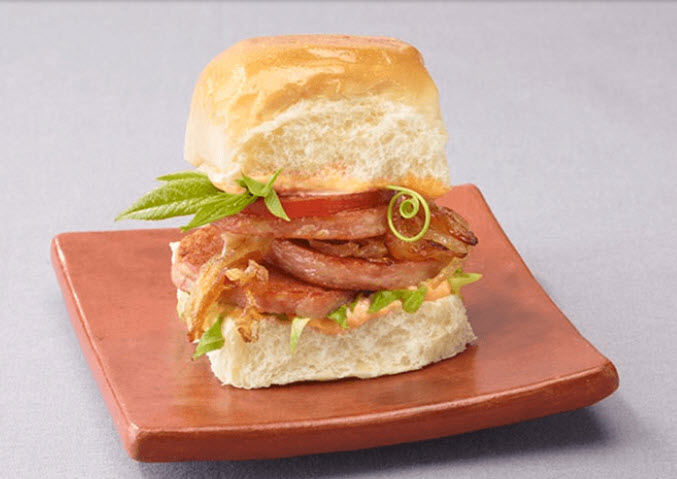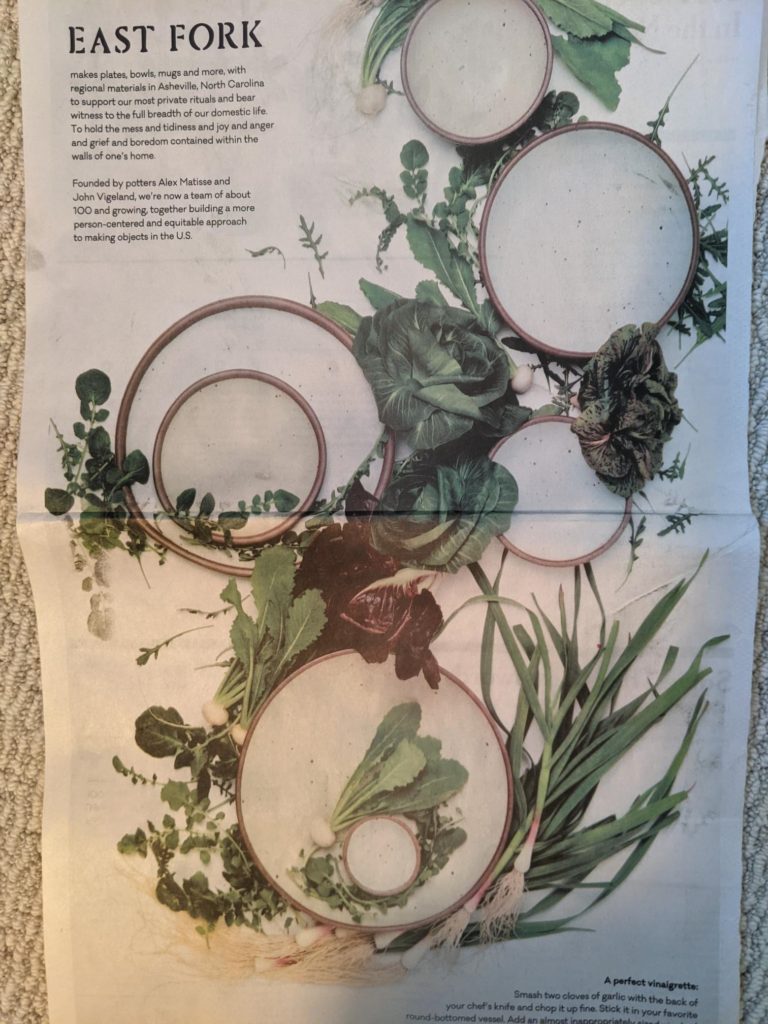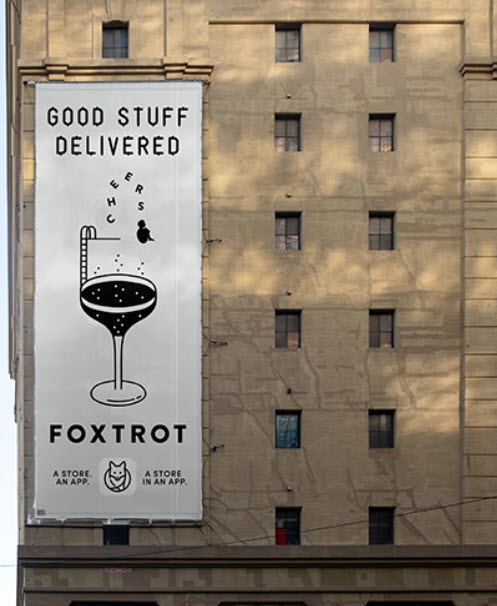Land of No.
Advertising is a young person’s game. If you are really, really good at it you might keep your job until you are 50. That said, I’ll go on record here and say there is an advantage to being older and experienced. You have lived in and learned from, a career of a thousand “nos.” If you hear no a thousand times you develop a special king of savvy armor.
When younger in the business I rarely had a chance to have a boss, client or researcher say no to my work. And I learned very little. But as you move on and up, your decisions and insights are judged. And the more you hear no, the more you learn.
Fast forward to today. Like The Beatles who practiced in nightclubs in Italy for 10,000 hours before doing anything meaningful, an experienced practitioner starts to hear less nos. Advertising is not always scientific. A lot of yeses fail. But nos are the true impediments.
When you are mindful of all your past nos. When you understand their logic. When you are not paralyzed by them. You are experienced.
There is a little enclave on Fire Island, NY called Ocean Beach. AKA the “Land of No.” It’s quite a fun spot once you learn its navigation.
Peace.










